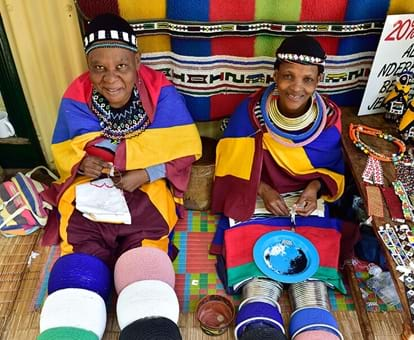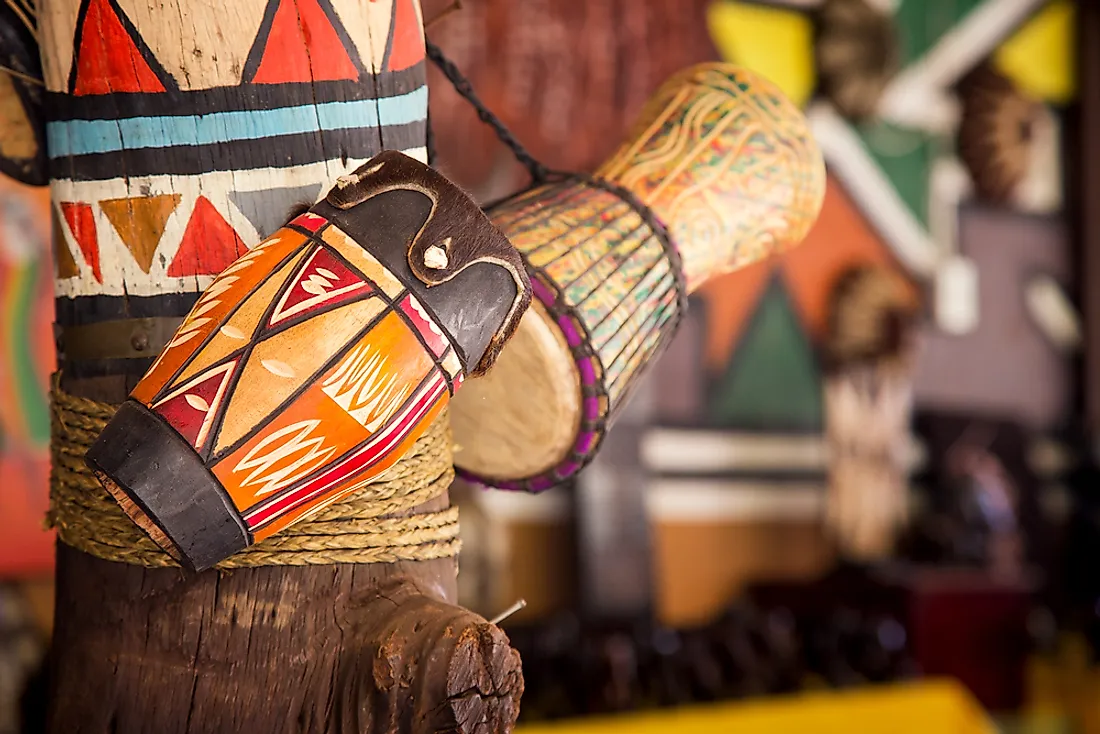South African Culture Today Things To Know Before You Get This
The Of South African Culture Today
Table of ContentsThe Main Principles Of South African Culture Today Our South African Culture Today PDFsThe Basic Principles Of South African Culture Today About South African Culture TodayThe 5-Minute Rule for South African Culture TodaySouth African Culture Today Can Be Fun For Everyone
This adheres to with vocal singing and drum pounding. The new bride and bridegroom after that fulfill with the senior citizens and speak about the relevance of their union. An issue of value in Zambian villages is the passing away of enjoyed ones. All members of the town put money, effort and time with each other for the funeral of the deceased.Throughout the grieving duration; men remain outside the residence and the females stay inside your house of the deceased. After discussing the dead, the town walks to the place of burial to claim their last bye-byes. Songs and dance is a really crucial element of the Zambian culture. The numerous tribal systems have their very own dance forms; nonetheless, makishi is typical amongst all tribes.
10 Easy Facts About South African Culture Today Shown
When it involves songs, drums are made use of the most, with a range of drumming events. In Zambia, majority of individuals are Christian; Protestant and Roman Catholic. There are little groups of Muslims and Hindus, with the remainder complying with regional native tribal beliefs.

South African heritage and culture is greatly diverse, and is composed of various teams of people who each have their very own customs and ideas. Having such a variety of people and societies is what makes South Africa so special. In truth sense of the phrase, we are a rainbow country.
South Africa has approximately 3 hundred thousand Portuguese individuals living in it. Making it the 7th on the listing of countries with the most Portuguese individuals in it beyond Portugal. Portuguese is not just a society, yet it is also a language and a nationality. Portuguese people stem from the nation of Portugal in Europe, nonetheless, due to Portugal (like numerous other nations in Europe) discovering the globe and overcoming various other countries during the 15th 20th centuries, South Africa has what we call Portuguese South African's living in it.
The smart Trick of South African Culture Today That Nobody is Talking About
Amongst the prominent features of the topography is a plateau that covers almost 2 thirds of the center of the country. The plateau facility climbs towards the southeast, where it culminates in the Drakensberg array, part of a cliff that divides the plateau from the seaside locations. The Drakensburg consists of Sparkling wine Castle, the highest possible peak in the nation.
The region north of the Witwatersrand, called the bushveld, inclines downward from eastern to west toward the Limpopo River, which develops the worldwide boundary. The western area of the plateau, the middleveld, likewise comes down towards the west and differs in elevation in between the highveld and bushveld. Between the Drakensburg and the eastern and southerly coastline, the land comes down to the sea.
Nearer the coast there is a low-lying level called the eastern lowveld. Southwest of the plateau the country becomes progressively a lot more arid, paving the way to the stony desert of the Great Karroo, surrounded on the east by the reduced, much better sprinkled plateau of the Little Karroo. Dividing the completely dry southern inside from the sandy coastal of the southerly coastline and West Cape is another array, the Langeberg.
3 Simple Techniques For South African Culture Today
The country's racially, ethnically, and politically divided background has actually produced nationwide and subnational icons that still work as signs of the country, and others signs that are approved just by particular groups. The monuments to white settler conquest and political supremacy, such as the Afrikaner Voortrekker ("leader") Monument in Pretoria and the Rhodes Monolith recognizing the British colonial realm contractor and Cape head of state Cecil Rhodes, remain sectarian signs.
The first modern residents were the San ("bushman") hunter-gatherers and the Khoi ("Hottentot") peoples, who rounded up livestock (South African culture today). The San might have existed Discover More Here for hundreds of years and left evidence of their existence in hundreds of ancient cavern paints ("rock art"). Bantu-speaking clans that were the ancestors of the Nguni (today's amaZulu, amaXhosa, amaSwazi, and vaTsonga individuals) and Tswana-Sotho language groups (today's Batswana and Southern and Northern Basotho) moved below east Africa as very early as the fifteenth century

The two former republics of the Orange Free State and Transvaal (South African Republic) were developed by Afrikaner inhabitants that beat and dispossessed the Basotho and Batswana. Lesotho would have been forcibly incorporated into the Orange Free State without the extension of British security in 1869. The ultimate unification of the nation resulted from the South African Battle (18991902) in between the British and the two Afrikaner republics, which decreased the nation to ruin at the start of the twentieth century.
Afrikaners historically considered themselves the just true South Africans and, while providing complete citizenship to all citizens of European descent, rejected that standing to individuals of color till the democratic transition of 1994. British South Africans preserve a feeling of social and social connection to Great Britain without damaging their identification as South Africans.
Unknown Facts About South African Culture Today
The diversity and fragmentation within ethnic groupings and the equilibrium of tensions in between those teams throughout the twentieth century protected against interethnic civil problem. While intergroup stress over resources, privileges, and political dominance continue to be, those disputes are as likely to match Zulu against Zulu as Zulu versus Xhosa or African against Afrikaner.
From colonial India, British merchants and administrators brought the rounded steel ornamental roofing systems and slender shoelace work columns that still symbolize the outdoor patios of homes in towns and cities throughout the country. Houses of praise add a crucial building element even in the tiniest towns. In addition to the skyrocketing steeples and traditional stonework of Afrikaans Dutch Reformed churches, Anglican churches, synagogues, mosques, and Hindu shrines supply selection to the religious architectural scene.

Butchering and the developing of standard grain beer are crucial in protecting the engagement and goodwill of the forefathers who are taken into consideration the guardians of good fortune, success, and well-being. Indian communities see this site maintain their indigenous culinary traditions and apply them on Islamic and Hindu ritual and ritualistic celebrations. Afrikaners and Coloured people gather at weekend breaks and unique events at multifamily bbqs called braais, where neighborhood bonds are strengthened.
Because this was the key economic business of both black Africans and white colonists, dispute between those groups centered on the property of grazing land and animals. In 1867, the biggest diamond down payments in the globe were discovered at Kimberley in the west central location. The wide range from those areas helped fund the exploitation of the biggest gold coral reef worldwide, which was uncovered on the Witwatersrand in 1886.
What Does South African Culture Today Mean?
This caused misconceptions and calculated misrepresentation in the ventures of white settlers and government officials with African principals during the colonial period (South African culture today). In the establishment of African reserves, some elements of common and primarily "tribal trust" land tenure were preserved, and even in white backwoods, forms of communal tenure were still practiced in locations with African communities
After the democratic transformation of 1994, programs for land restitution, redistribution, and reform were set up, however progression has been slow-moving. The white minority still manages eighty percent of the land. Following agricultural land invasions in Zimbabwe, the Division of Land Matters has actually vowed to speed land find more information redistribution.